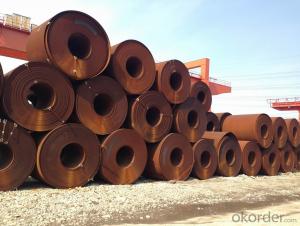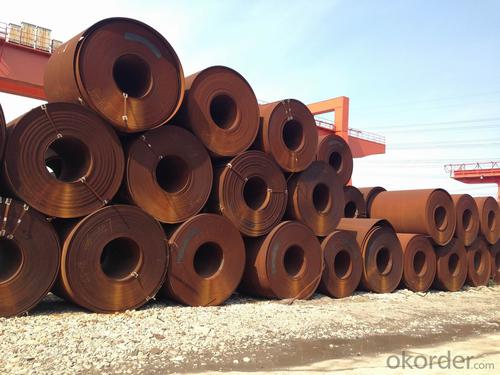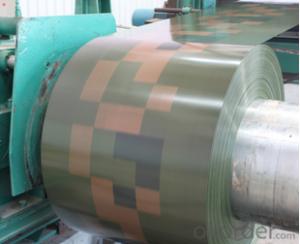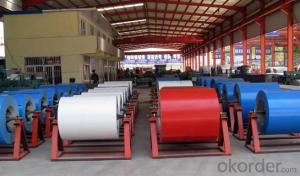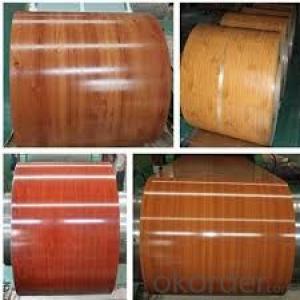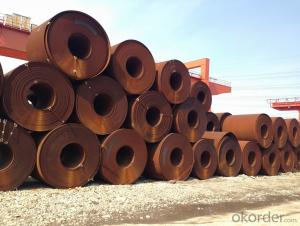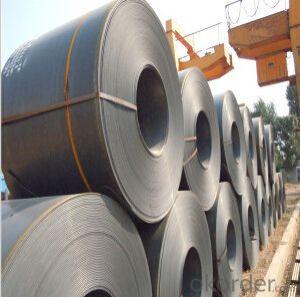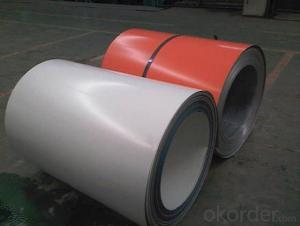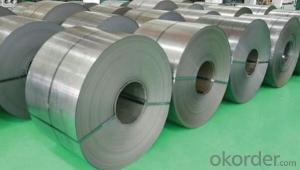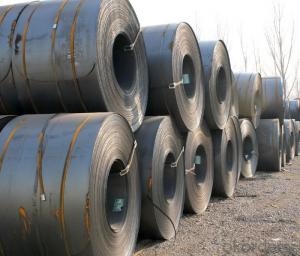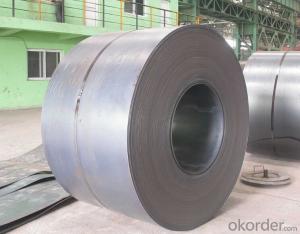Hot Rolled Steel Coil for Construction and Spring
- Loading Port:
- Tianjin
- Payment Terms:
- TT OR LC
- Min Order Qty:
- 500 m.t.
- Supply Capability:
- 5000 m.t./month
OKorder Service Pledge
OKorder Financial Service
You Might Also Like
Specification
,、、、、
,。
。、,
,。
。,,。
。。
。
1. Product Description
The Billets as raw materials, through furnace heating, high-pressure water to reduce the phosphorus, then entering the roughing mill, cutting head, end, and then put into the finishing mill, cutting the edge, after the times of straightening, leveling and other finishing line treatment, and then cutting board or coil becomes the hot rolled steel sheet and hot rolled steel coil.
2. Main Features
Characteristics of hot rolled steel hot-rolled steel is a high temperature heating and rolled steel, hot rolled product has high strength, good toughness, easy to processing molding and good weldability and other excellent properties, which are widely used in ship, automobile, Bridges, buildings, machinery, pressure vessels and other manufacturing industries.
3. Excellent Product Image
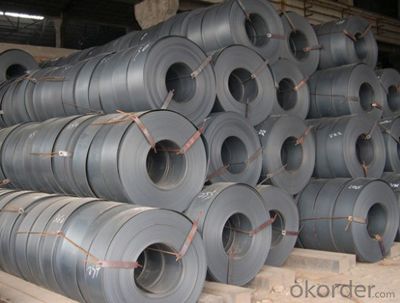
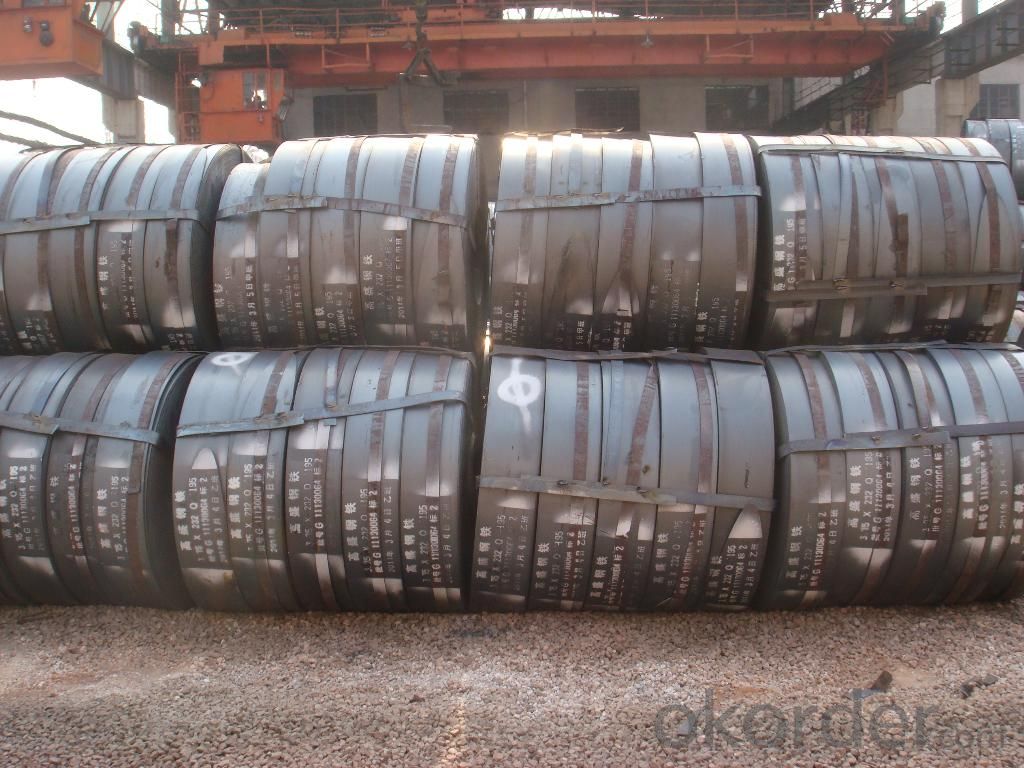
4. Application
Our hot-rolled steel coil and sheet are applied to a wide range of uses such as automobile, electrical appliance, machinery manufacturing, container manufacturing, shipbuilding, bridge, pipeline, and receive high acclaim from our customers for its excellent quality.
Hot rolled sheet is one of the most important in the plate steel varieties, widely used in the container, automobile, railway locomotive car, pipes, cylinders and other industrial production industry, is a base material of manufacture and its deep processing products. Hot rolled sheet mainly by rolling of continuous hot rolling unit. Eventually rolled by a continuous mill of hot rolled sheet can be again after pickling, annealing, then rolled into a roll, roll call of the hot rolled sheet for the hot rolled thin plate. Thin plate usually in plate bending and shear with a certain length and width of the single plate on the market. Rolled plate after uncoiling, according to certain width and length of the shear, namely get hot rolled sheet. Hot rolled sheet according to use can select different steel rolling. Therefore, in accordance with the class to divide hot rolled sheet steel varieties.
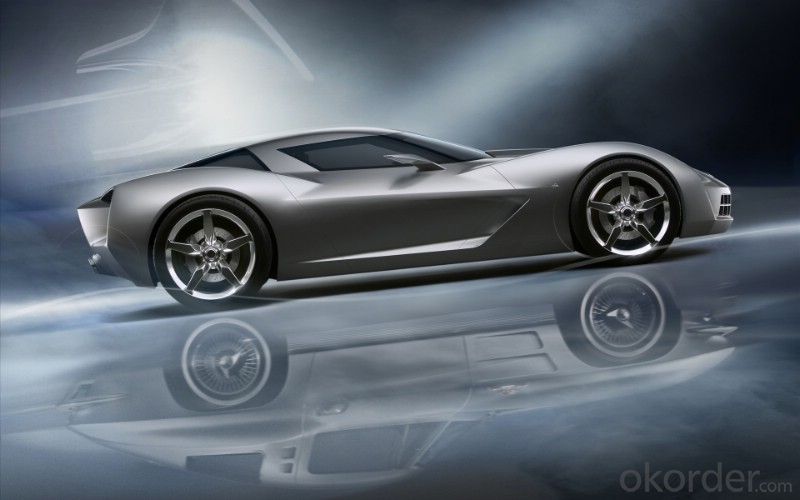
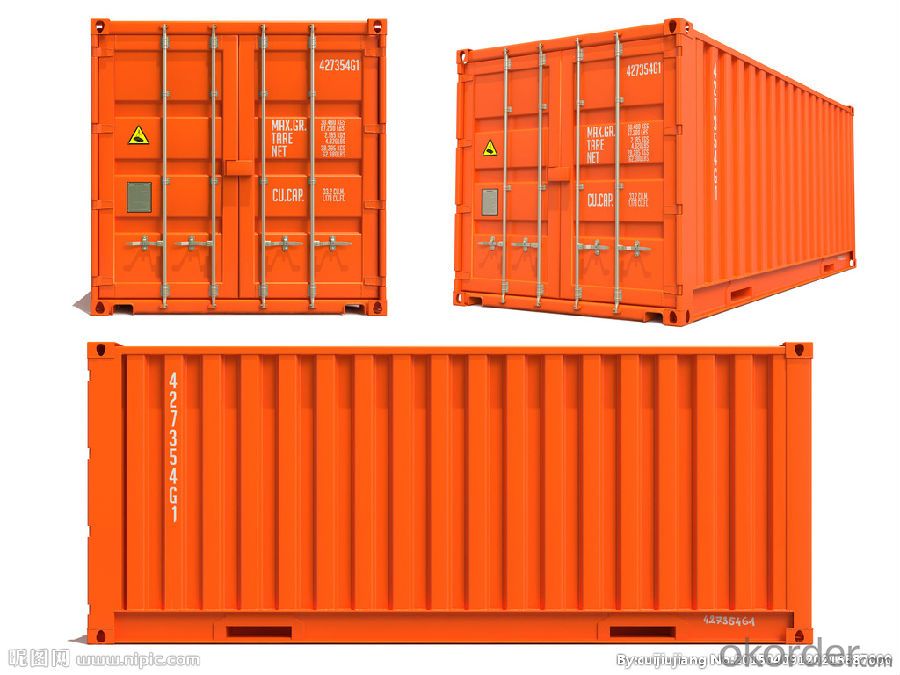
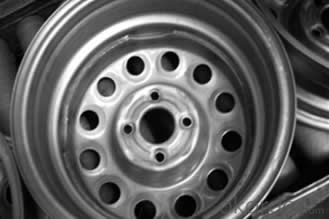
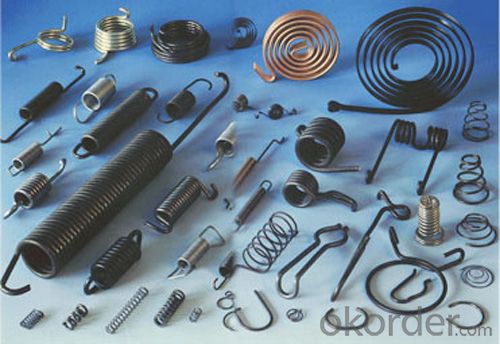
- Q: How are steel coils transported and stored?
- Steel coils are typically transported using flatbed trailers, coil carriers, or railcars. These coils are securely strapped or banded to prevent movement during transportation. Once they reach their destination, they are usually stored in warehouses or outdoor storage yards. The coils are stacked on top of each other, often with the help of specialized equipment, to optimize space utilization. They may also be stored horizontally on racks or stored vertically in specially designed coil racks. Proper handling and storage procedures are followed to ensure the safety of personnel and to prevent damage to the steel coils.
- Q: The guy at this one pawn shop told me that stainless steel is better because it is just as strong and will not rust. The guy at the other pawn shop said that you need high carbon steel for a good sword because stainless steel breaks easily and that damascis is the best kind of steel for swords.
- Modern Sword Steels: Stainless - Used in decorative swords and knives. Stainless steel blades longer than twelve inches are too brittle for full contact use. 1045 Carbon - Strong, but soft compared to higher carbon steels. Reasonably cheap and acceptable for full contact use. 1060 Carbon - Harder than 1045, but not brittle. Holds a keen edge and is very durable. Somewhat expensive, but great for full contact use. 1095 Carbon - Sacrifices the durability of lower carbon steels for better edge retention and increased hardness. Somewhat expensive, but tough enough for full contact use. 5160 Spring - Extremely tough and durable. Great for full contact use when properly heat treated. 9260 Spring - Amazingly resilient and durable, but not unbreakable. Excellent for full contact use. T10 Tool - Exceptionally hard and tougher than other steels with similar carbon content. Keeps a good edge without sacrificing durability. Can be expensive, but is still great for full contact use. L6 Bainite - Can be very expensive, but is the toughest steel on the market when properly heat treat. Excellent for full contact use, but requires additional maintenance to prevent rust and corrosion. About Damascus Steel: Historical Damascus blades were made from wootz, an Indian steel with unique properties. The technique for making this type of steel has been lost, but there have been many attempts to recreate it. The patterns found on Damascus steel blades are a direct result of the sword-making process and are not entirely dependent on the type of steel used. Damascus swords were the finest blades of their time.
- Q: What are the typical lead times for ordering steel coils?
- The typical lead times for ordering steel coils can vary depending on several factors, including the supplier, the quantity and specifications of the coils, as well as the current market conditions. However, on average, lead times can range from a few weeks to a couple of months. It is always recommended to contact the specific supplier for more accurate information regarding lead times.
- Q: What are the environmental benefits of using steel coils?
- There are several environmental benefits associated with using steel coils. Firstly, steel is a highly recyclable material. Steel coils can be easily recycled and repurposed into new steel products, reducing the need for mining and extraction of raw materials. Recycling steel also requires less energy compared to producing it from scratch, resulting in lower greenhouse gas emissions and a smaller carbon footprint. Additionally, steel is known for its durability and longevity. When used in construction or manufacturing applications, steel coils can last for decades without losing their structural integrity. This reduces the need for frequent replacements, which in turn reduces the consumption of resources and energy required for production. Furthermore, steel is highly resistant to corrosion and weathering, making it a suitable choice for outdoor applications. This resistance to decay means that steel coils can withstand harsh environmental conditions and maintain their functionality for extended periods. This reduces waste generation and the associated environmental impacts of replacing damaged or deteriorated materials. Lastly, steel is a versatile material that can be used in a wide range of industries and applications. Its versatility allows for efficient use of resources, as steel coils can be easily adapted and customized to meet specific project requirements. This versatility also enables the use of steel in sustainable building designs, such as energy-efficient structures or green buildings that incorporate renewable energy systems. In conclusion, the environmental benefits of using steel coils include their recyclability, durability, resistance to corrosion, and versatility. By choosing steel coils for various applications, we can contribute to resource conservation, reduced carbon emissions, and a more sustainable future.
- Q: How are steel coils used in the production of oil and gas machinery?
- Steel coils are used in the production of oil and gas machinery to create various components, such as pipelines, storage tanks, pressure vessels, and drilling equipment. The coils are typically shaped and welded to form these structures, which provide the necessary strength and durability required for the demanding conditions of the oil and gas industry.
- Q: How are steel coils used in the production of packaging materials?
- Steel coils are used in the production of packaging materials as they are commonly used to manufacture metal cans, containers, and drums. These coils are processed and shaped into various forms to create sturdy and durable packaging options for a wide range of products, such as food, beverages, chemicals, and industrial goods.
- Q: Also, what is the top best slow cooker that is 100% stainless steel? Thank you!
- You do not want 100% stainless steel cookware, because it's a poor conductor of heat. All high quality stainless cookware is layered with stainless steel only on the exterior and interior surfaces, while having at least an internal heat spreading core of aluminum or copper. Not all stainless steel is sufficiently ferrous (magnetic) to work with electric inductive cooktops, so some stainless cookware adds an additional layer of ferrous steel in addition to the thermal cores. You also wouldn't want a slow cooker that's 100% stainless steel, because the uneven heating would cause food to burn more quickly. They are usually made of ceramic stoneware for a reason, even heating. Besides, a stainless pressure cooker (with alum/copper) core can in less than an hour everything a slow cooker does in 3+ hours, with better flavor, color, and nutritional content. By the way, the Prestige stainless cookware isn't 100% stainless, of course, and that's a GOOD thing.
- Q: I plan to buy a bushcraft knife ..The blade made up by damascus steel.My question is ,is damascus steel is very strong ?
- How To Sharpen Damascus Steel
- Q: Steels like YHB-2, MVS-8, and SK-5. Also if you know anything about these steels that would be helpful.
- White steel is a common shorthand name for white paper steel (shirogami hagane) which can be any of several fairly simple high carbon, water hardening steel grades. The carbon content varies by grade, and runs from 0.8 to 1.4%. The range of carbon content within a grade is a tight 0.1%. For example, the carbon content of Shirogami Hagani No1A is specified to be between 1.3 and 1.4%. Each grade also contains 0.1-0.2% silicon and 0.2-0.3% manganese, and only trace amounts of the impurities sulfur and phosphorus. Blue paper steel (aogami hagane) is also offered in several grades, with carbon content ranging similarly to the white grades. However, blue steel contains the additional alloying elements chromium and tungsten, and one grade (aogami super) also contains molybdenum and vanadium. The blue steels can be quenched in water or oil, whereas most of the white grades need a faster quench and require water.
- Q: How are steel coils inspected for chemical composition?
- Steel coils are inspected for chemical composition through a process called spectroscopic analysis. This involves taking a small sample from the coil and subjecting it to various tests, such as X-ray fluorescence or optical emission spectroscopy, to determine the precise elemental composition of the steel. This ensures that the steel meets the required specifications and quality standards.
Send your message to us
Hot Rolled Steel Coil for Construction and Spring
- Loading Port:
- Tianjin
- Payment Terms:
- TT OR LC
- Min Order Qty:
- 500 m.t.
- Supply Capability:
- 5000 m.t./month
OKorder Service Pledge
OKorder Financial Service
Similar products
Hot products
Hot Searches
Related keywords
